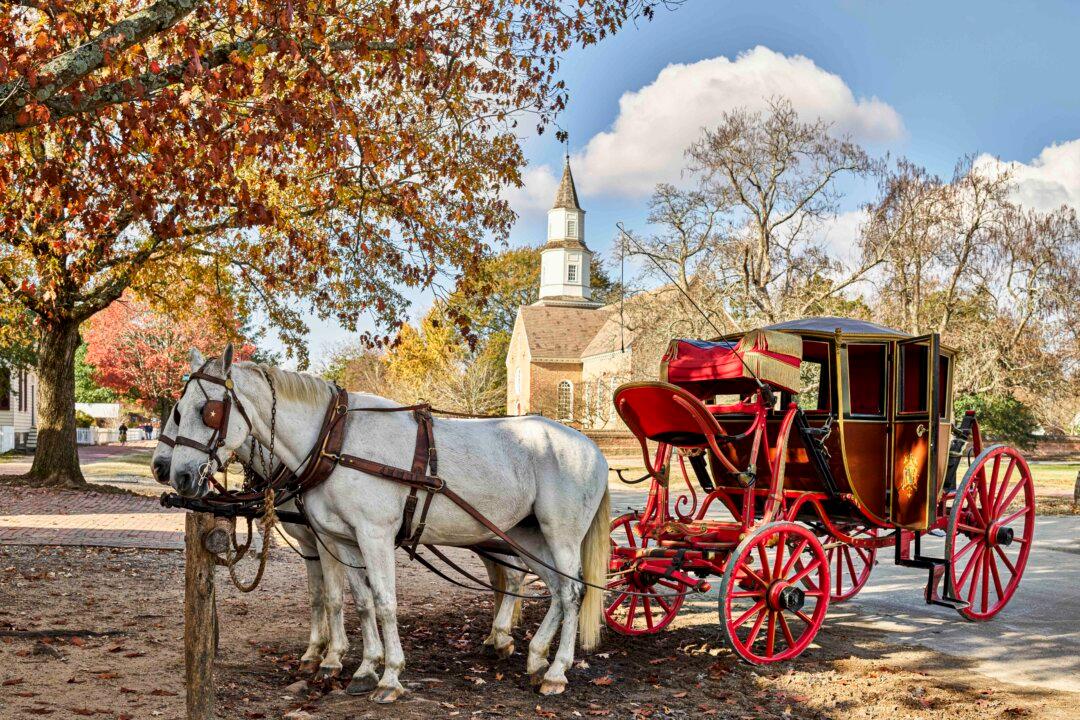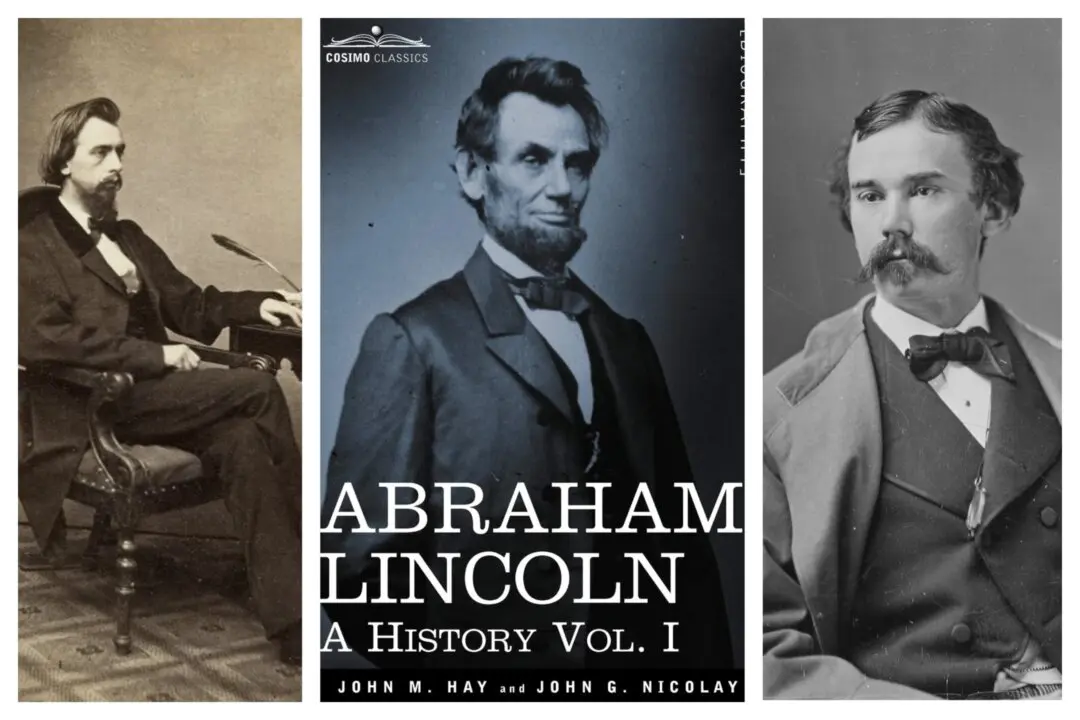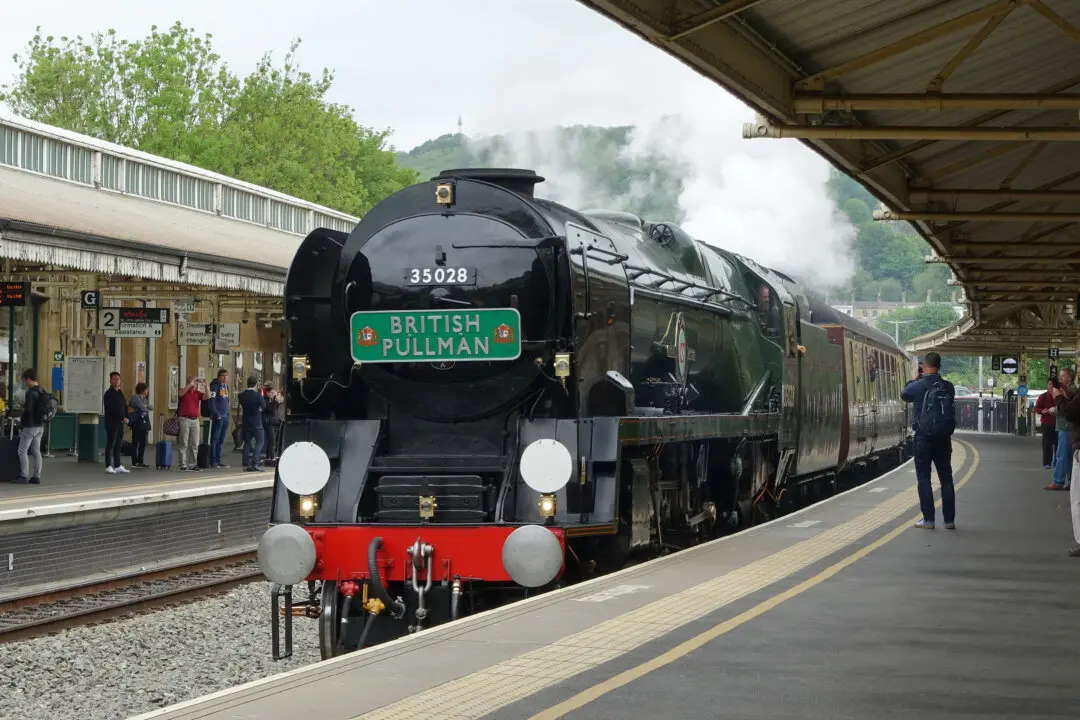Mary Waller, who hails from Columbia, South Carolina, has biked plenty in her 50-plus years. From spots in Florida to Bermuda to Minnesota, Waller seeks out long trails on which to ride her Trek bike. In fact, her Sunday afternoon ritual (weather-permitting) is cycling parts of the Columbia Canal and Riverfront Park path along the Broad River. So when she learned about the Virginia Capital Trail, she made plans to cycle it. In doing so in April 2021, she enjoyed both expected and unexpected circumstances.
The Virginia Capital Trail, completed in 2015, is a 51.7-mile, multi-use, fully paved trail that runs through four jurisdictions: the city of Richmond, Henrico County, Charles City County, and James City County. Cyclists can end their journeys where the Virginia Capital Trail officially ends: at the original 17th-century Jamestown settlement. They can lock up their bikes and take some time to tour the popular historic site. Or, another option is to continue 15 more miles or so along the scenic and mostly quiet Colonial Parkway that runs beside the James River to end up in Williamsburg, where Amtrak offers return trips to Richmond for both cyclists and their bikes.





